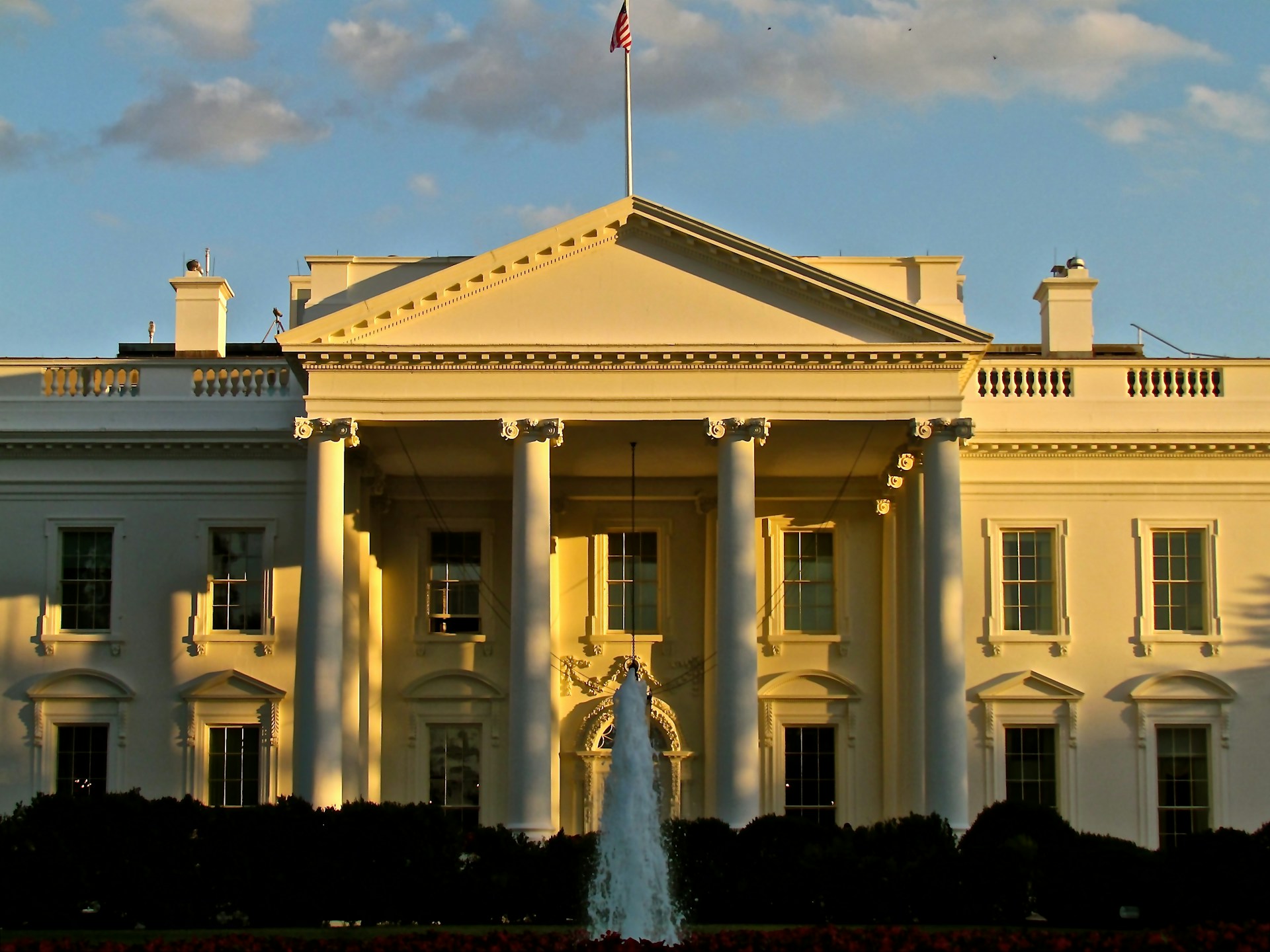Finance 411: How to Report on the Economy and the Election

By Paddy Hirsch
The state of the economy is almost always a focal point for both Republicans and Democrats ahead of a presidential election, with one side arguing that things are going well, while others say the opposite. This election is no different, and, as usual, the arguments on both sides are valid, depending on one's point of view.
Democrats argue that the economy is in rude health, and indeed, the major indicators look good: Gross Domestic Product is up, inflation is down, pay is up, and unemployment is at its lowest level since 1969. And Americans are behaving accordingly: spending is up, the stock market has recovered, and holiday travel broke records.
But Republicans say most Americans don’t feel that things are going well. And they’re right: as many as 70 percent of Americans say the economy is in poor shape, and it’s getting worse. Many believe that they are worse off than they were during the Trump administration. Some polls indicate that Americans feel they’d be better off if Trump was in charge.
The question for reporters is, why is there a disconnect here? If things are getting better, why don’t people feel that way?
The answer is that there are two kinds of “economy” in the United States. There is the national economy, which is what the government talks about; and there is the personal economy, which is what people talk about. And because the government doesn’t have a vote, and people do, reporters would do well to focus coverage on the two areas that affect voters most of all: the cost of living and the cost of debt.
Cost of living provides a perfect window into the economic disconnect. The government measures it using the Consumer Price Index: individuals measure it by looking at their personal budgets. And right now, the two aren’t matching up too well. The CPI says inflation is coming down. But many Americans say they’re finding it more expensive to put food on the table.
The CPI is flawed in many ways, but one feature in particular may help to explain this: CPI is a measurement of the average change over time in the prices paid by urban consumers. And many Republican voters live in rural areas. The context is also important here: inflation is indeed coming down. But it’s doing so from a great height. The inflation rate in November 2022 was 7.1%, meaning that even with inflation now down around 3%, prices are more than 10% higher than they were in 2021.
Housing is a key component of cost of living, and a big issue in conversations about the economy this time around. The national housing shortage continues to contribute to high house prices and rents. Housing is now so expensive that in one survey, researchers found that in 575 counties around the US, 99% of the homes are beyond the reach of the average income earner, making $71,214 a year. New homes are being built, but not at a rate that will ease the housing crisis in the short term.
Much of the rise in the cost of living is due to the rising cost of debt. Interest rates are five percentage points higher than they were two years ago. Because most Americans carry debt of some kind, that rate hike is cutting into their spending power, making it harder for them to make rent and put food on the table, never mind putting gas in the car. It’s also driving up delinquency rates: auto repossessions are rising, as are foreclosures, and the Federal Reserve Bank of St. Louis says the share of Americans in financial distress over credit cards and auto loans is back to where it was during the recession of 2007-09.
Ironically, it’s also pushing more Americans to take on more debt — if they can. Credit card debt is at a record high, but it’s growing more difficult for working Americans to purchase credit. Over the 12 months ending in June 2023, 21.8% of people who applied for credit were rejected. That’s driving people to take desperate measures: the number of people taking emergency loans against their 401K savings plans has hit record levels, with emergency withdrawals increasing 27% over 2022.
So it’s no wonder that we’re seeing this disconnect between the national numbers and the individual experience. And why both sides of the political divide will be making good and valid arguments to bolster their positions. The reporter’s challenge will be to find the right people to illustrate the reason why there is such a disconnect between what’s happening to the nation and what the individual voter is experiencing.
Additional resources:
Americans Hold Grim View of the Economy (Suffolk University)
American’s credit card debt hits a record $1 Trillion (CNN)
Patrick Hirsch is a Freelance Reporter for NPR. He can be reached at paddy@paddyhirsch.com and their website is www.paddyhirsch.com. Finance 411 is a bi-monthly feature, presented by RTDNA and the National Endowment for Financial Education. Interested in becoming a contributor? Email info@rtdna.org for more information.
